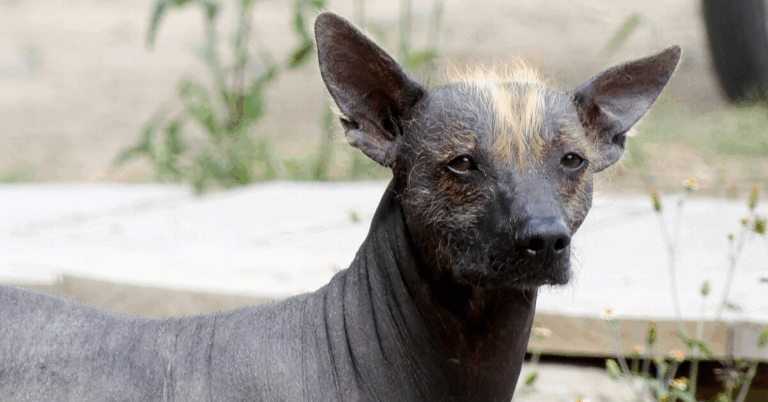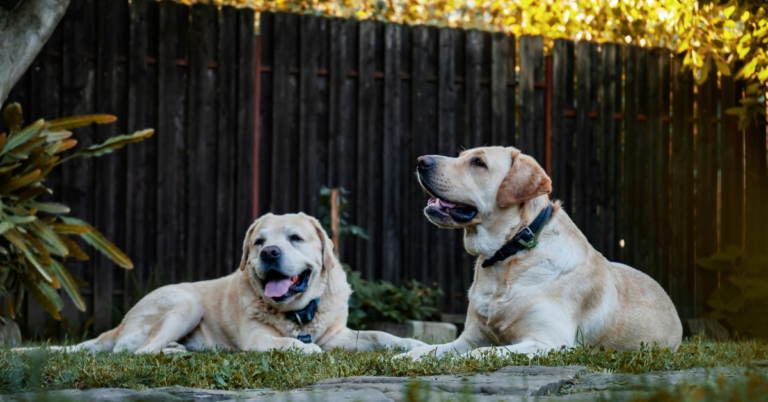10 Interesting Facts About Chinook The Sled Dog
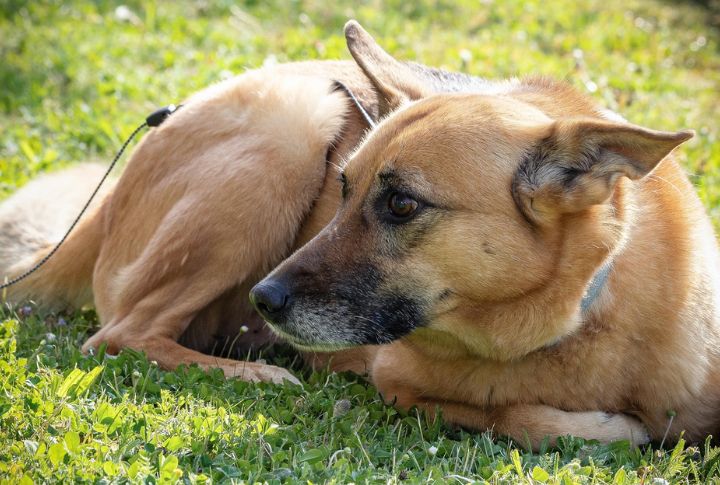
Most dog lovers have never even heard of the Chinook, let alone met one. Bred for sledding and almost lost to history, this breed is now a loyal household companion. It’s got a serious backstory, so let’s break down what makes it special.
From Gold Rush Trails To Family Homes
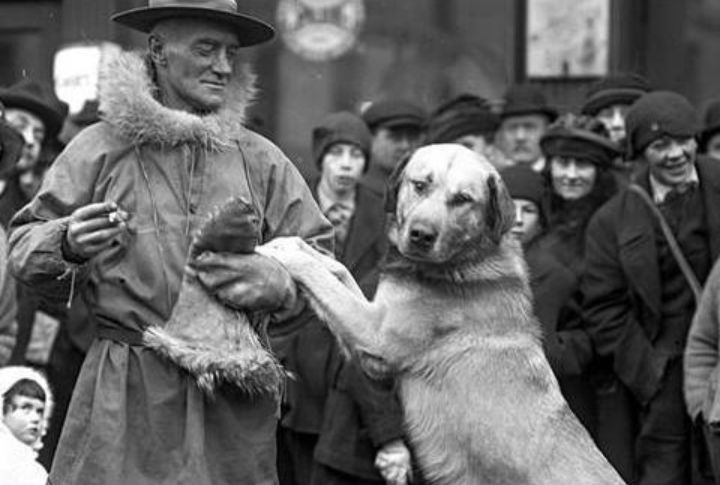
Arthur Treadwell Walden created the Chinook in 1917 by crossing a Greenland Husky with a mastiff-type farm dog. It was born to pull sleds, but today, it’s more likely to be lounging with your kids. The breed leaped from an expedition dog to a mellow homebody within a century.
The Chinook’s Signature Look
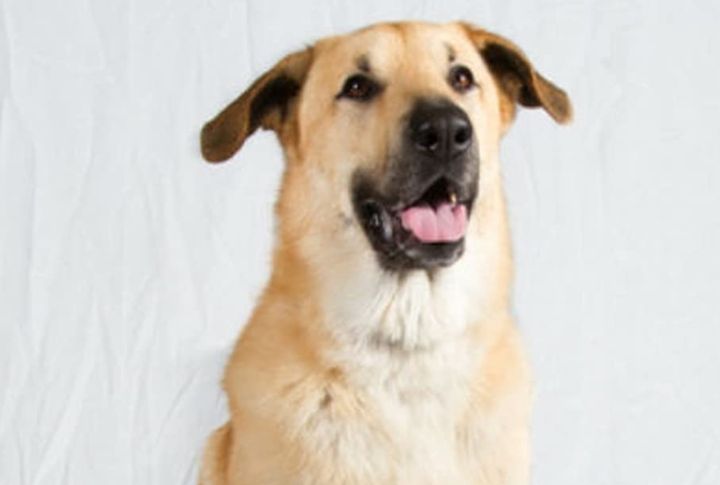
A Chinook keeps a low profile, but it’ll most definitely catch your eye. It’s strong but not bulky, with a tawny double coat and almond eyes. That bushy saber tail? Always moving. Its appearance balances utility with charm by staying true to its working-dog roots.
Built-In Best Friend Vibes
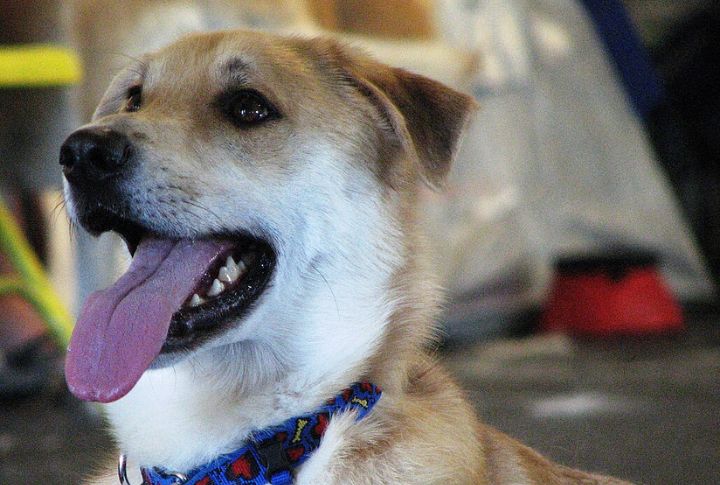
This naturally bonds with everyone in the household, and he is a team player. Chinooks tend to bond with the whole family, and they even play nicely with kids and pets. They’re social and calm, which makes them an excellent fit for households that value connection
When Chinooks Went To The South Pole

The breed’s legacy and history is frozen in deep Antarctic ice. During Admiral Byrd’s 1928 Antarctic expedition, Chinooks proved their reliability by hauling gear through extreme conditions. They earned their place on one of the world’s most challenging missions.
Not Loud, Just Expressive
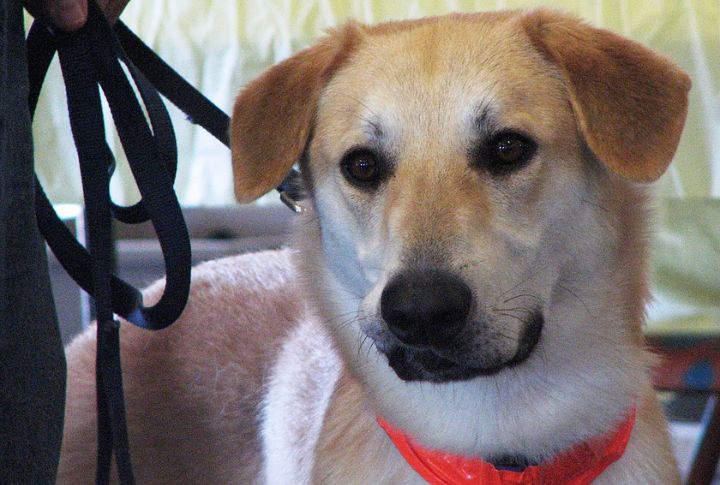
Instead of barking constantly, the Chinook “talks” through soft howls and that famous woo-woo. Its voice is more like a podcast of moods. While it’s not quiet, every sound it makes feels deliberate, almost like it’s joining the conversation, and has a lot to add on.
Grooming That Won’t Wear You Out

Despite the thick double coat, grooming a Chinook is manageable. Weekly brushing keeps it neat, and seasonal shedding is the only real curveball. Baths? Only when needed. Their coat resists dirt surprisingly well, so most of the time, a brush is enough.
What To Watch For Health-Wise
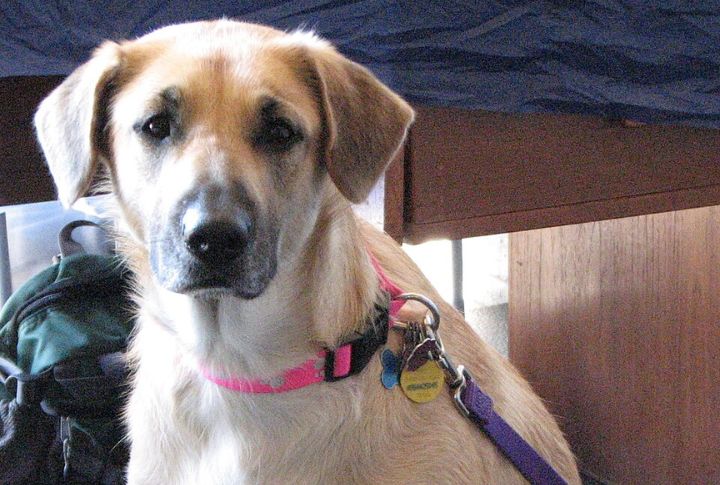
Chinooks are generally healthy but not invincible. Hip dysplasia and hypothyroidism are the usual suspects. A responsible breeder should screen for these. With good care, Chinooks can live 12–15 years, which is plenty of time for adventure and cuddles.
From 11 Dogs To A Comeback

Only 11 Chinooks capable of breeding remained in 1981—a number that signaled urgent action. Fueled by passion, a small group of enthusiasts rallied to revive the breed. Though still rare, the Chinook continues today as a reflection of their dedication and the breed’s resilience.
Smarts That Love A Challenge
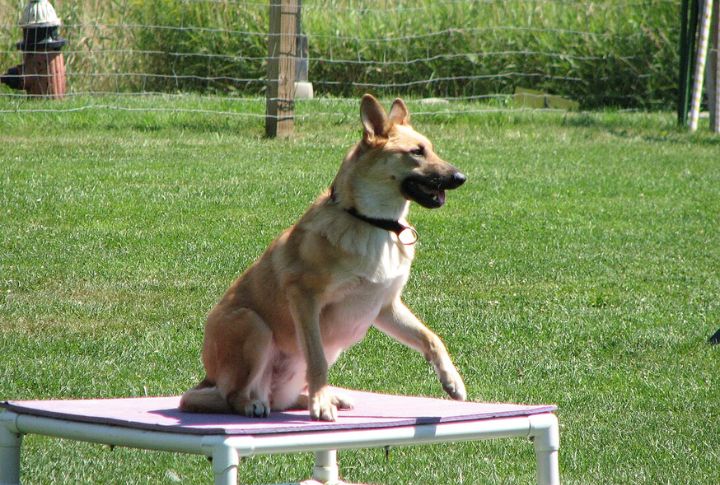
Agility games and varied routines go a long way. Chinooks respond well to praise and mental stimulation, especially with a bit of fun. You won’t need drill sergeant discipline, but they expect engagement that challenges body and mind. A home that loves the outdoors will be perfect.
Still A Competitor, Just In New Arenas
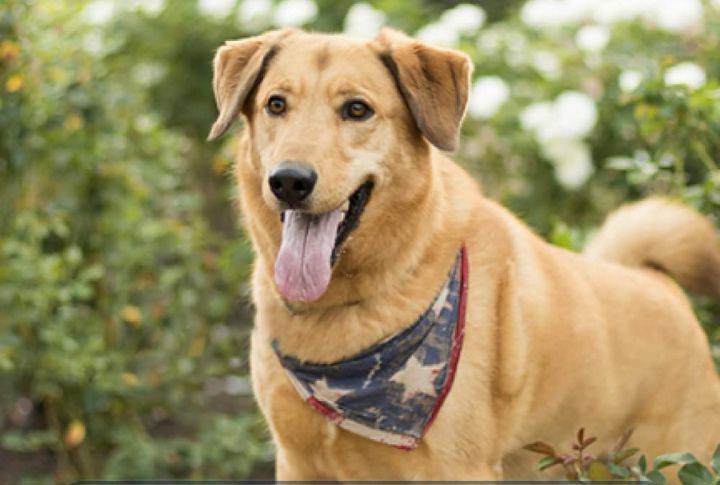
You won’t often see a Chinook pulling sleds these days, but its drive is still intact. It now shines in agility courses and therapy roles. The breed hasn’t lost its essence. It continues evolving while honoring the instincts that once made it a sled dog staple.




